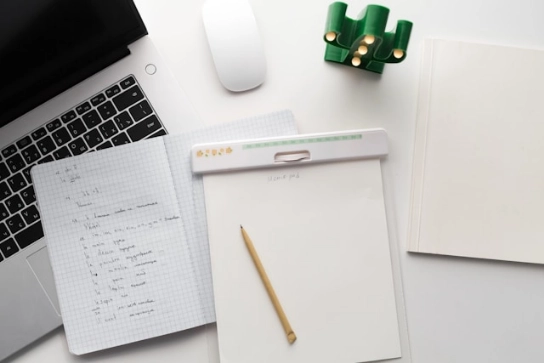15 Note-Taking Tips for Better Learning
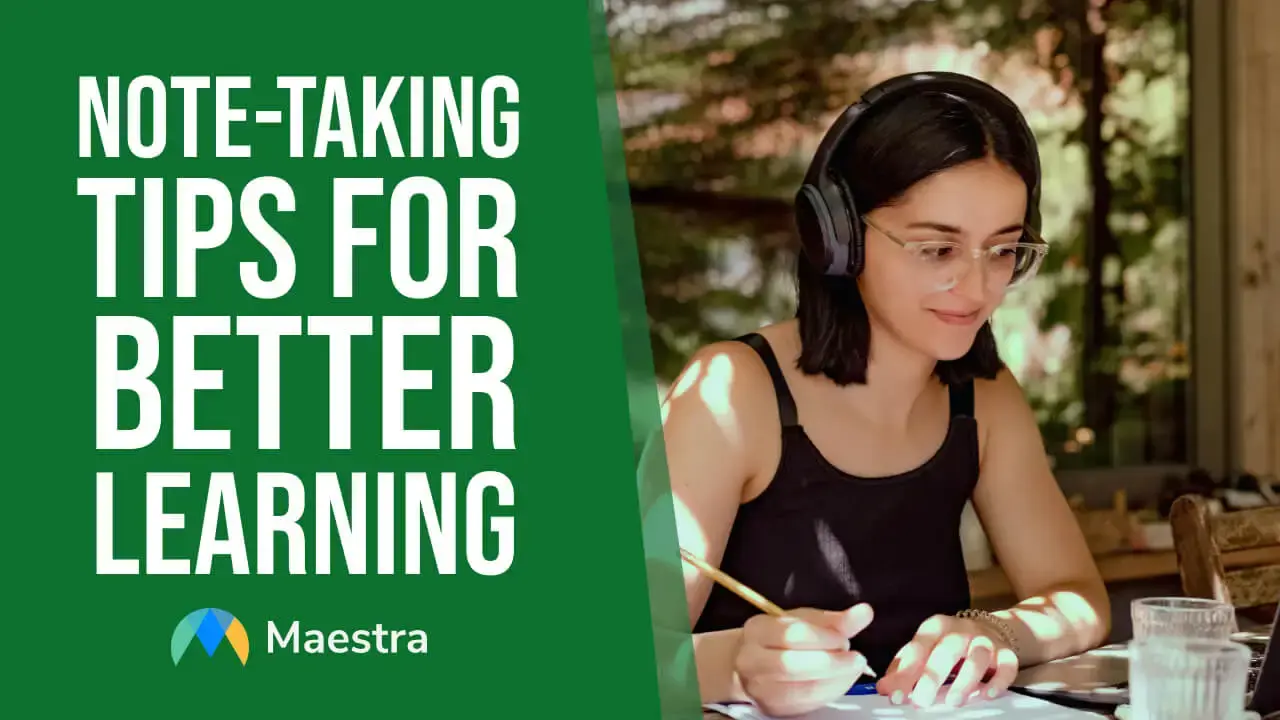
Note-taking is a powerful learning and studying tool. Rather than simply experiencing information, note-taking helps you engage with key points and facts.
Engagement facilitates better memory than simply sitting through a barrage of words that do not carry much meaning at first. Whether you're studying at night or studying in the morning, notes play a critical role. In this blog post, we will list 15 game-changing note-taking tips for you to try. Here is how to take notes!
Best Note-Taking Strategies
These best note-taking strategies will ensure your success by enhancing your information retention. Let's get started:
1. Keep It Simple
Many people are tempted to write down everything an instructor says thinking how else they would know what's important and what isn't.
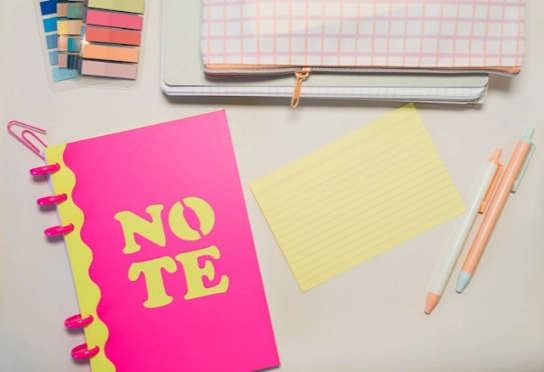
However, you shouldn't attempt to write down each word that is said during a class if you want to improve your note taking skills. Doing so can distract you from the main takeaways. You might miss important points that relate to things beyond statistics. Instead, focus on the most important words and terms.
2. Write Your Own Way
The notes you take should make sense to you. You might have to paraphrase the content to your liking so that you can always return to your notes and flesh them out later.
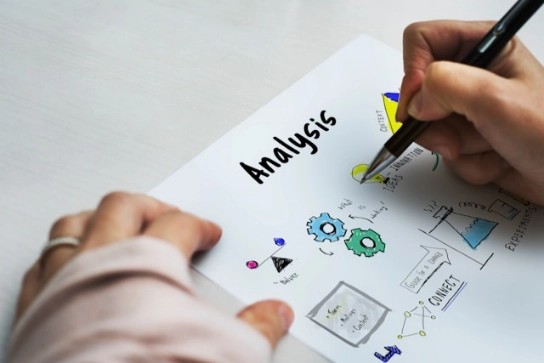
Writing notes your way also means structuring them how you see fit. Use whatever method is most effective for you.
Ultimately, you have to determine what works best for you so you can take good notes.
3. Pay Attention
Whether you attend a lecture or read a book, you must pay attention to the content. Being an effective note-taker means being a good listener or reader. When reading or watching eLearning content, be sure to work in peace and quiet. If you struggle, then you can seek alternate ways to obtain the knowledge you need.
4. Add Dates to Your Notes
Whether you take notes by hand or on your PC, write the date at the top of the page. Having notes in chronological order helps you keep track of the information easily.
Since dates provide a timeline, they make recalling related information easier. Moreover, you can easily locate the information you need when you want to recall a piece of information.
5. Ask Questions
If you missed something an instructor said, then you can ask them to repeat the information. The bonus is that your peers might also need to hear the same information for their own note-taking. If you are embarrassed, then you can ask the teacher after class for clarification.

6. Organize Your Notes
Remember to organize your notes. Whether you take notes in class or use a transcription solution to turn audio into text, you should keep each subject's notes in one easy-to-locate place. Organizing your notes can help you find important information when you need it.
7. Visualize Your Notes
Visuals make it easier to learn and retain information. They will help you locate information more easily as well.
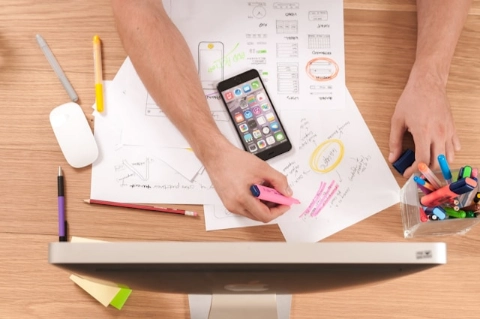
8. Rewrite Your Notes When Needed
If you were in a hurry writing notes in class, then your handwriting could undo all of your diligent work. What if you can't read them? How will you decipher your concept maps? Rewriting your notes later that day can increase clarity and help you remember that information.
9. Acquire Notes Anyway You Can
This doesn't mean stealing your peers' notes. If you are allowed to record your instructor's voice, then do so. Recording videos might present some problems. However, some instructors might have their own videos online.
The more notes you have when it's time to study, the better your chances of taking that test. Digital notes from transcription solutions can change how you obtain knowledge. You can access content on the web and use video transcription software that can practically take notes of the video for you.
10. Don't Worry About Spelling and Grammar
One important thing to remember about note-taking is that you have to record information quickly to keep up with the flow of content. If you stumble on the spelling of a word, then you might lose the opportunity to jot down the next critical fact you need. You can fix your spelling and grammar mistakes while revising your notes.
11. Go Over Your Notes with Your Peers
Collaborating with your classmates can clear confusion and drive a better understanding of a topic. This can prove useful after completing individual reading assignments.

Organize study sessions or exchange notes with friends. You might note certain items from the source material that differ from your peers. Reviewing notes can reinforce what you already know and introduce you to what you did not.
12. Know When to Review and Revise
This is one of the most crucial note taking tips. Everyone knows that taking notes is a great way to learn and memorize information, but what makes long-term memory retention is reviewing those notes.

Reviewing and revising your notes shortly after you take them reinforces your understanding of the topic, enables you to correct any mistakes, and re-exposes you to the topic, improving long-term memory retention.
13. Highlight Your Notes
You can highlight your notes to emphasize significant content, making it easier to grasp the most important information when later reviewing.
14. Add Links to Materials
If you are using a PC to take notes, attach links to incorporate additional resources into your notes while you are reviewing them for the first time. This not only provides convenience but also expands your notes with research papers, articles, or videos for the next time you will be studying them.
15. Use Maestra
Effective note-taking can help you remember what you've learned long after the lesson. With more instructors embracing technology, students around the world are faced with more educational opportunities than ever before.

Videos are not only for entertainment, they offer many educational benefits as well. Instructors can publish a video for their students and anyone else who is interested in their information. If you love to learn via videos, then you can leverage every one of these opportunities.
Taping lectures or seeking out educational videos can help you better understand the concepts.
Use Maestra to create automatic transcripts, subtitles, and voiceovers in minutes. Its highly accurate speech-to-text software can convert audio and video to text, giving you more control over how you consume educational content.
Key Takeaways on Effective Note-Taking Tips
To make sure that your notes are effective, you should take notes actively, pay attention to the lecturer, and ask questions when necessary to clarify information.
